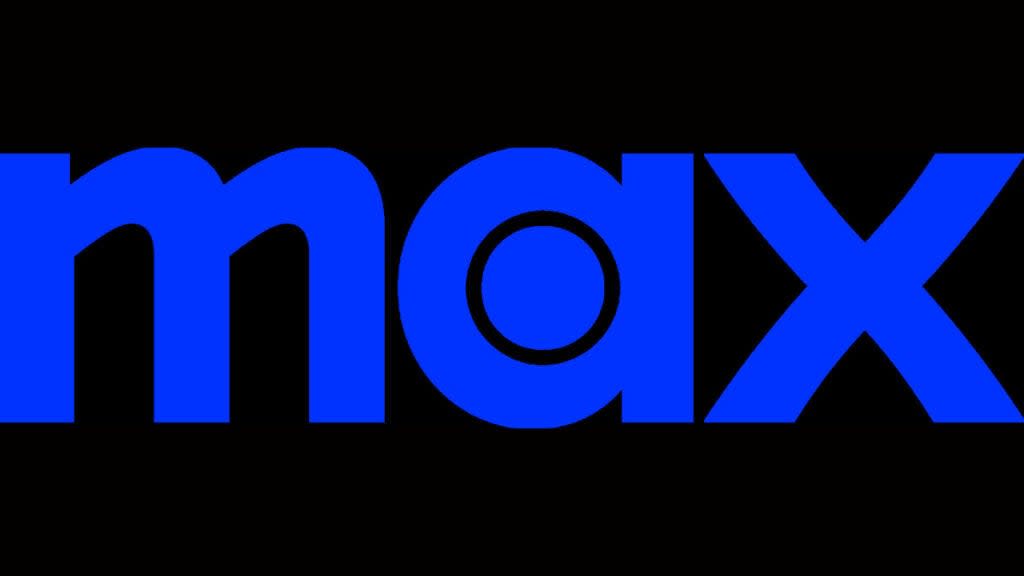Max Launch Draws 70% of HBO Max, Discovery+ Customers

About 30% of the HBO Max customer base failed to switch to Warner Bros. Discovery’s new Max streaming platform in its first week.
JB Perrette, Warner Bros. Discovery’s global streaming president, told The Wall Street Journal that 70% of the existing subscribers did move over to the new platform, which combines content from the company’s two main streaming services, HBO Max and Discovery+.
Together, the services had 96.1 million subscribers at the end of 2022.
Perrette told the Journal that the 70% figure meant “we are exceeding expectations,” and said that hours viewed per subscriber and total content consumed have increased each day since the May 23 launch.
The 30% of HBO Max customers who haven’t yet signed on to Max will be prompted to do so the next time they open the legacy HBO Max app. They remain paying subscribers in the meantime, Perrette said.
Also Read:
52 New York Lawmakers Urge Studios to Resume Talks With Writers Guild
Combining the two services and bringing the content from WBD’s vast library together was a key driver of the company’s creation via the merger of Discovery and WarnerMedia last year. The new service includes content from HBO, films and TV shows from the Warner Bros. library and programs from Discovery networks like TLC and the Food Network.
So far, about 20% of the content being viewed on Max is from Discovery+, Perrette said.
Max offers three pricing options: a $9.99 per month Max Ad Lite tier, a $15.99 per month Max Ad Free tier and a $19.99 Ultimate Ad Free tier. The company is also continuing to offer a standalone version of the lower-cost Discovery+ service, but no longer offers the standalone HBO Max.
Perrette told the Journal that Discovery+ has lost some of its 20 million subscribers to Max. “We did see an uptick in cancellations on Discovery+ very much in line with what we expected,” he said.
Max will be “absolutely critical” to Warner Bros. Discovery’s streaming efforts, Chief Financial Officer Gunnar Wiedenfels said during an investor conference in March.
“For the first time, we’re going to be able to put all the content together. We believe that that’s going to have positive impacts on engagement, on churn, on subscriber acquisition,” Wiedenfels explained. “So, all the way through that entire value driver tree, we believe we’ll see improvements.”
WBD CEO David Zaslav said last month that the company now expects its streaming business in the U.S. to be profitable by year-end, well ahead of the previous goal for 2024 profitability.
“The key here is our streaming business is no longer a bleeder,” Zaslav told analysts and investors during the company’s quarterly conference call. “It’s hard to run a business when you have a big bleeder.”
Also Read:
Can Linda Yaccarino Lean on Hollywood and Media to Turn Twitter Around?

